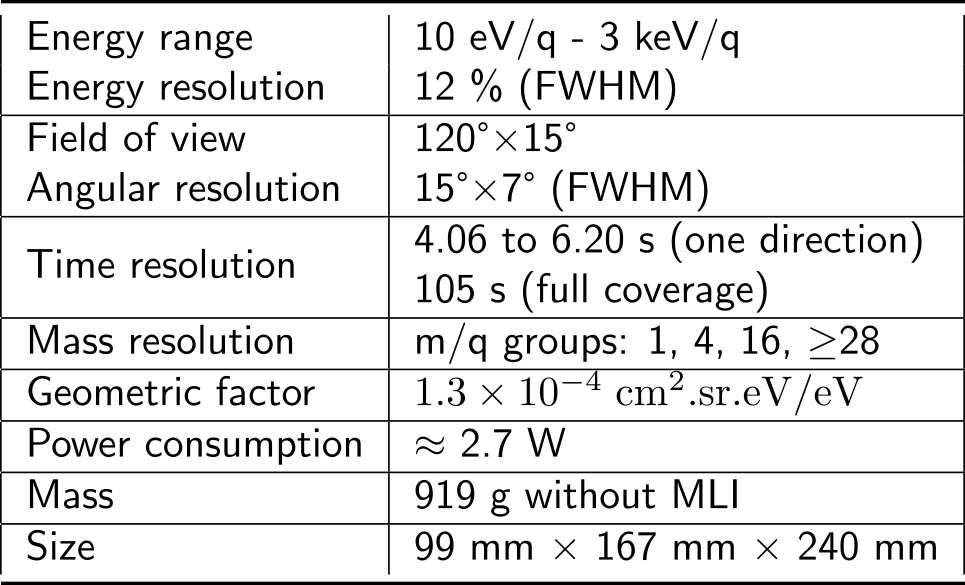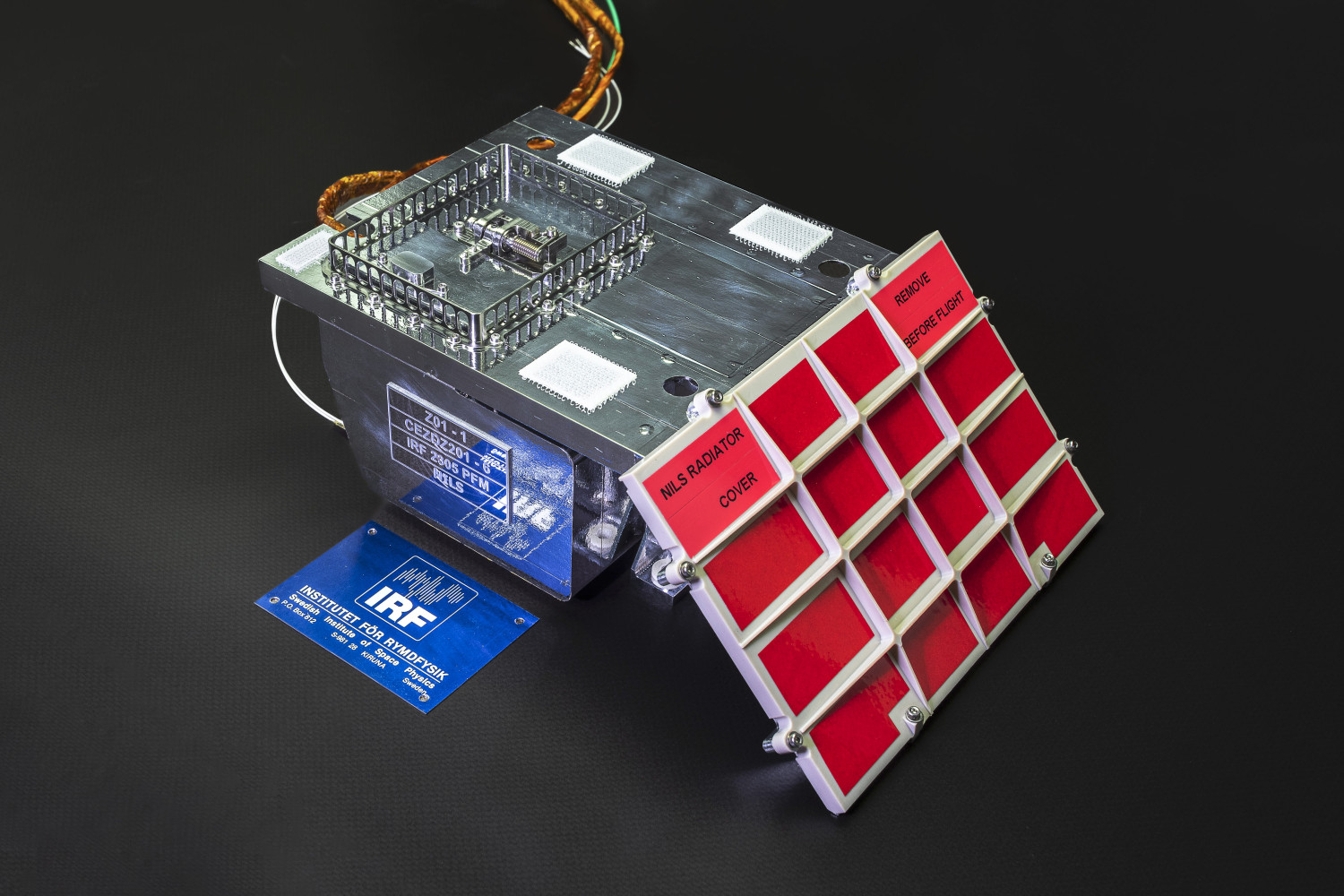The Negative Ions at the Lunar Surface (NILS) instrument on Chang’E-6: the instrument, objectives and first results
- 1Swedish Institute for Space Physics, solar system physics and space technology, Sweden (romain.canu-blot@irf.se)
- 2European Space Agency
-
Mission description
The Negative Ions at the Lunar Surface (NILS) instrument (Fig. 1) is the first instrument to measure negative ions directly on the lunar surface. Launched aboard the Chinese Chang’E-6 sample-return mission on May 3, 2024, the instrument will land on the lunar far-side (South Pole-Aitken basin) in early June 2024. During the surface phase of the lander, the NILS instrument will be active, measuring negative ion and electron fluxes from the lunar surface.
-
Scientific objectives
When the solar wind interacts with the lunar surface, a portion of it is reflected back instead of being absorbed. Previous studies have provided evidence of neutral hydrogen atoms [1] and solar wind protons [2] being reflected from the surface. However, to date, no measurements of negative ions have been conducted. It remains unclear whether a significant population of negative ions exists near the lunar surface. The NILS instrument, the first-ever dedicated negative ion instrument flown beyond the Earth, will address this gap by performing in-situ measurements directly on the lunar surface.
-
Instrument description
The NILS instrument is a 9th generation instrument of the SWIM family [3]. NILS uses a surface-interaction based time-of-flight system combined with an electrostatic analyzer and an electrostatic elevation scanning system to measure the direction-, energy-, and mass-resolved negative ion flux on the surface. A electromagnetic electron suppression system allows to switch between negative ion and electron measurements. NILS can separate the main solar wind components as well as negative sputtered oxygen ions and heavier species. Key performance parameters are shown in Table 1.

Table 1: Instrument performances

Figure 1: NILS flight model
At the Europlanet Science Congress 2024, we present and interpret the first data obtained and discuss the implications of the observed negative ion flux on the lunar near-surface plasma environment.
-
References
[1] M. Wieser, S. Barabash, Y. Futaana, M. Holmström, A. Bhardwaj, R. Sridharan, M. B. Dhanya, A. Schaufelberger, P. Wurz, and K. Asamura. First observation of a mini-magnetosphere above a lunar magnetic anomaly using energetic neutral atoms. Geophys. Res. Lett., 37(5), 03 2010.
[2] Y. Saito, S. Yokota, T. Tanaka, K. Asamura, M. N. Nishino, M. Fujimoto, H. Tsunakawa, H. Shibuya, M. Matsushima, H. Shimizu, F. Takahashi, T. Mukai, and T. Terasawa. Solar wind proton reflection at the lunar surface: Low energy ion measurement by map-pace onboard selene (kaguya). Geophys. Res. Lett., 35, 12 2008.
[3] M. Wieser and S. Barabash. A family for miniature, easily reconfigurable particle sensors for space plasma measurements. Journal of Geophysical Research: Space Physics, 2016
How to cite: Canu-Blot, R., Wieser, M., Barabash, S., Kérényi, M., Xiao-Dong, W., and Melville, N.: The Negative Ions at the Lunar Surface (NILS) instrument on Chang’E-6: the instrument, objectives and first results, Europlanet Science Congress 2024, Berlin, Germany, 8–13 Sep 2024, EPSC2024-308, https://doi.org/10.5194/epsc2024-308, 2024.